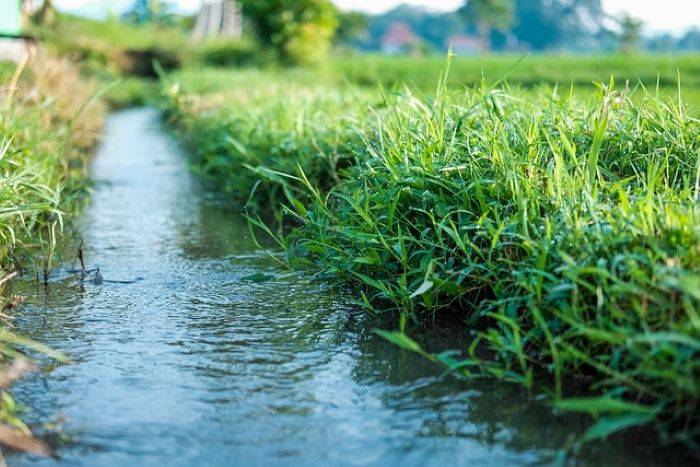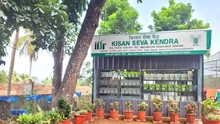
A recent study conducted by the Rayalaseema Saaguneeti Samithi has shed light on the glaring disparity in water availability for agricultural purposes in different regions of Andhra Pradesh. The study compared the irrigation facilities and water distribution across five regions of the state and revealed a clear case of neglect in the Rayalaseema Region.
According to data obtained from the State Irrigation Department over the past decade, the average water availability in arable land across Andhra Pradesh stands at 30.27% of the total 215 lakh acres. However, in the Rayalaseema Region, this figure drops significantly to just 8.87%. This stark difference highlights the lack of investment and development in irrigation projects in the region by successive governments.
To further illustrate the disparity, let's consider the North Andhra Region, which includes Srikakulam, Vizianagaram, and Visakhapatnam districts. This region has a total of 27.4 lakh acres of arable land, out of which 14.85 lakh acres, or 54.2%, have some form of irrigation facility. However, water has only reached 8.28 lakh acres in the past decade, accounting for just 30.22% of the arable land.
In contrast, the Rayalaseema Region, consisting of the undivided Kurnool, Kadapa, Anantapur, and Chittoor districts, has a massive 90 lakh acres of arable land. Surprisingly, irrigation facilities have only been developed for 19.27 lakh acres, or 21.41%, of this land. Furthermore, water has reached a mere 7.98 lakh acres, representing a meager 8.87% of the region's arable land. Bojja Dasaratharami Reddy, the president of the Rayalaseema Saaguneeti Samithi, expressed his concern over the evident neglect shown towards the region in terms of investment and execution of irrigation projects. He highlighted that even when projects were implemented, the maintenance of distributary canal systems was lacking.
Additionally, new projects like HNSS and HLC remain incomplete, resulting in water not reaching the intended areas and instead returning to the Penna River after being lifted from Srisailam and brought through HNSS to Anantapur/Kurnool.
The study also provided insights into other regions of Andhra Pradesh. In East and West Godavari, which together have 31.70 lakh acres of arable land, irrigation facilities cover 20.02 lakh acres (63.15%). However, water has only reached 16.37 lakh acres in the past 10 years, accounting for 51.64% of the arable land. Similarly, in Central Andhra (Krishna and Guntur), out of the 31.50 lakh acres of arable land, 23.81 lakh acres (75.59%) have irrigation facilities, but water has reached only 21.12 lakh acres (67.05%) in the last decade.
The situation is equally concerning in Southern Andhra Pradesh, comprising Nellore and Prakasam districts, where 34.40 lakh acres of arable land exist. Unfortunately, irrigation facilities are available in only 16.92 lakh acres (49.18%), and water has reached merely 11.33 lakh acres (32.94%) in the past 10 years.
This persistent neglect of the Rayalaseema Region by successive governments has resulted in a historical injustice. Despite this, political representatives have failed to address the issue and ensure adequate water availability, even meeting the state average of 30% for arable land. It is evident that the plight of the region has not received the attention it deserves from any political party.









